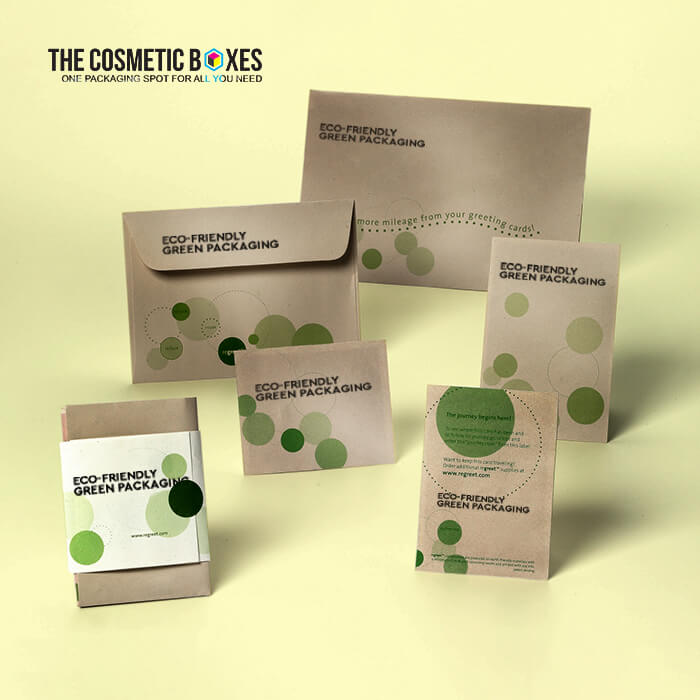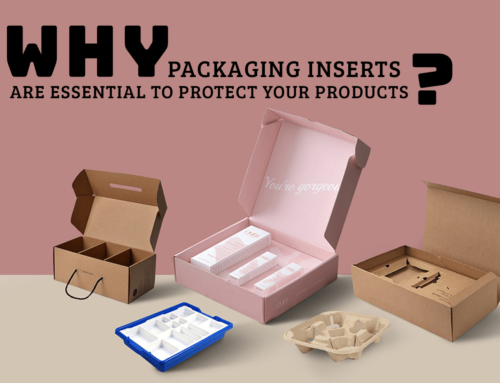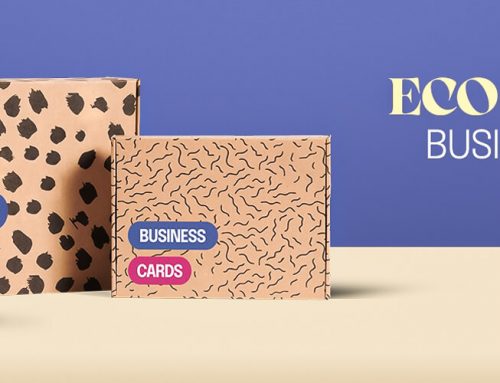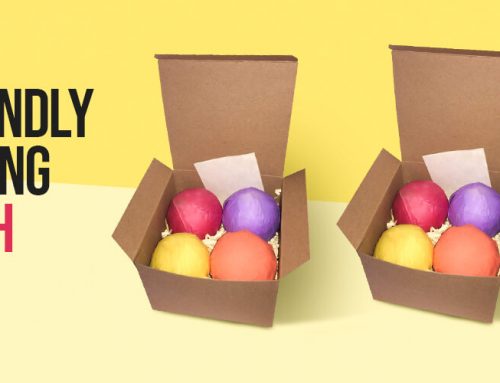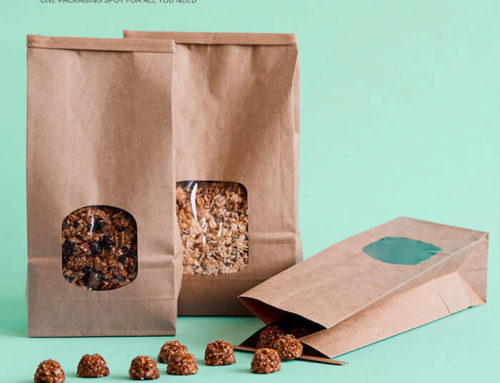There are several types of packaging in use all over the world. Perhaps companies like Amazon, USPS, FedEx, and UPS ship, and all deliver millions of packages in a day. In fact, Amazon alone ships 5 billion prime packages annually. On the other hand, they ship 13 million packages a day.
However, all of this packaging roaming on a global level is an excellent source of help for us. But they leave adverse environmental effects on the atmosphere. There are several materials like cardboard, have a low ecological impact on the environment. On the other hand, other materials like plastic packaging and Styrofoam packaging are not bio-degradable or recyclable. In this way, our world is getting affected because of all the waste and contaminants.
According to the EPA, if we count the waste, then it will make up to 77.9 tons of municipal solid waste per year. However, packaging represents the staggering 65 percent waste of any household. Packaging also costs a lot to be disposed of or moved from one place to another. Like, out of every 10$ spend on merchandise, 1$ goes towards the packaging cost, including its manufacturing and disposal cost. It is a problem that every 10% of spending goes towards the packaging and ultimately ends up in the garbage. Furthermore, if we estimate the cost of recycling trash per ton which is 30$, and the transport cost is 50$, Then it means we whole together are wasting a lot of money and our precious environment.
According to a recent survey, consumers report a massive investment in eco-friendly packaging. Indeed, 42% of consumers claimed that eco-friendly packaging or material was crucial in everyday purchase habits. Similarly, consumers reported that they could pay more to get eco-friendly packaging. In this way, they can feel more satisfied because eco-friendly packaging doesn’t leave any harm along its way.
Fortunately, there is a very simple step every industry can take to help our world and ecologically minded shoppers. That simple step is bringing innovation in your custom product packaging by making it pollution-free and eco-friendly. Green packaging is cost-effective because it is reusable and readily available. In the same way, it has other benefits as well that you can use according to your desires.
What is green packaging?
Table of Contents
Green packaging, also known as sustainable packaging, uses material and innovative manufacturing wats to reduce the harmful impacts of plastic packaging globally. However, the green packaging comprises bio-degradable materials, recyclable materials on plastic, and another dangerously contaminated Styrofoam packaging.
Eco-friendly materials used in green packaging:
There are many different forms of bio-degradable and recyclable packaging materials used in the manufacturing of green packaging.
- Bioplastic, or plant-based plastics.
- Recycled paper and plastics
- Post- consumers products, such as recycled bulk bags.
Following are some green packaging examples that are well-known and common all around the world.
Starch-based biomaterial:
Cornstarch-based packaging is common and has seen a prime surge in interest over the last many decades. Although it has many properties similar to plastic, corn-starch-based packaging comes out of corn and is eco-friendlier than anything else in the world. It is a versatile option in the packaging industry, and manufacturers can use them to make soda bottling.
Biodegradable packaging and peanuts:
Foam products are banned all over the US and several states, and there is a ban from using these types of product packaging. Manufacturers all around the world use polystyrene rather than using Styrofoam. In the banning scenario, the single-use clamshell is used to take out containers. On the other hand, it governs materials such as packaging peanuts and disposable bowls and plates.
For this reason, companies have been using alternative sources that include bio-degradable packaging peanuts. They are crafted from natural substances such as starch and wheat. Undoubtedly, they are lightweight and cost-effective. Perhaps, they will not harm marine life if they are disposed of in rivers and oceans.
Other plant-based biomaterials:
This type of bio-degradable packaging is made from lactic acid, which is known as plant-based plastic. They are a replacement for traditional petroleum-based plastic and typically come from agricultural waste. They also include plant starch from corn, sugarcane, and beet pulp.
All of us know about the coca-cola company, and they have been using coca-colas planet-based biomaterial. It is a type of sugarcane-based biomaterial. Since 2009 they have been using this packaging style that was 30% bio-degradable packaging. But, from 2015, they have derived 100 percent bio-degradable packaging.
Recycled cardboard and paper packaging:
Recycled cardboard and paper don’t hype your brand because they are old and don’t make hashtags. But the newer biomaterials do make a statement of your product in the market. If we talk about the offers that cardboard and paper packaging still gives out to their consumers. The sustainability and 100% recycled materials. These features make them the best choice for their biodegradability and low impact on the environment.
Corrugated bubble wrap:
All of us are fond of pooping the packaging bubble wrap sheet, but as it is plastic and harmful for the environment. So, it is not fun for the world as it ends up in landfills and causes adverse effects. For this reason, companies worldwide have brought innovation in them and introduced alternative corrugated bubble wrap sheets. It helps in making a cushioning surface for the products within the packaging. It protects the product from any unwanted harm.
Mushroom-based packaging:
This may look like a very delicious mushroom dish that you can have at a vegan restaurant. But, in reality, mushroom-based packaging has proven itself very useful for packaging problems. It is highly durable and bio-degradable, and eco-friendly packaging boxes. Therefore, people are using these mushroom packaging instead of Styrofoam packaging.
Organic fibers:
Organic fibers such as hemp and flex are significant components of organic bio-degradable packaging. Similarly, other components such as recycled cotton palm and pineapple leaves are perfect for bags and containers. Plastic bags bio-degrade in 500 to 1000 years to start their process. On the other hand, organic fiber packaging starts to biodegrade in 100 days.
Post-consumer recycled plastics:
Most of the post-consumer recycled plastic is not bio-degradable. However, they still perform a significant function in protecting the environment by reducing the need for new plastics from petroleum.
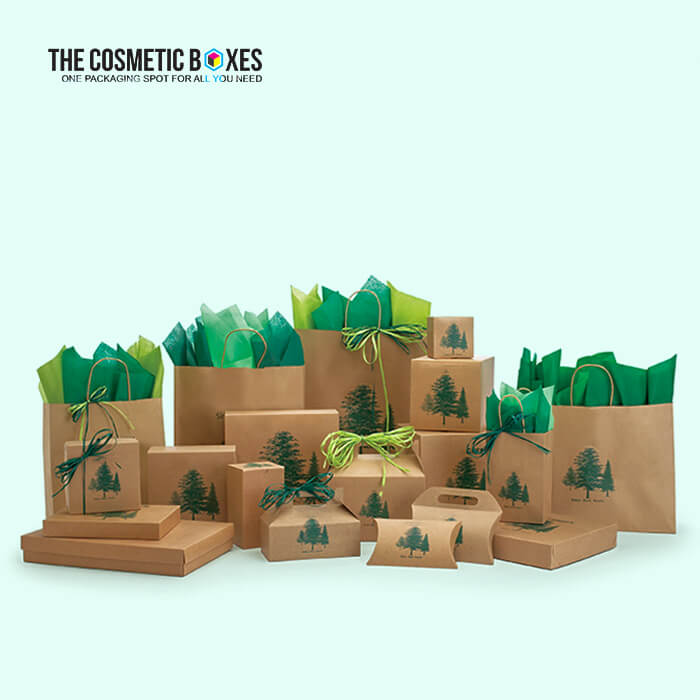
Every packaging problem has a green solution:
There are many forms of green packaging solutions. Following are some sustainable packaging examples.
- Packaging includes renewable resources such as cellulose, which is gained from wood and pulp. Perhaps, which is a valuable and attractive alternative to any petroleum such as PET, PE, and PP. on the other hand, the starch-based biomaterial is also an attractive other option.
- Packaging with additives are primarily bio-degradable and oxo-degradable, and photodegradable materials. All of these agents help the packaging to degrade faster as compared to any other packaging. In this way, it makes it possible to have less accumulation of packaging wastes.
- Recyclable material also includes materials such as cardboard, plastic, and metals.
- Packaging reduction is also one important thing. Have you all seen that when we open chips packaging, it is less filled than the packaging size? Green packaging says to reduce the extra amount of packaging that any product possesses. If the owners cannot instantly change the packaging material because of some issues, they can at least resize the packaging sizes.
Problems affecting sustainable packaging solutions:
These steps are basically a way forward, and they also come in some unique environmental problems. In 2017, the scrap and recycling industries declared the clarification and new rule positions about using degradable additives. They say that degradable additives have not gone through any comprehensive testing. So, they cannot express how much damage this can cause to the environment or human health.
The problem is simple and clear, and it is that even though compounds may degrade, some plastic compounds remain in landfills, which can take up to hundreds of years to degrade.
Compostable materials:
Another innovation is coming in food industries as they have started using plant-fiber bowls and containers that consumers can feel good about. But there are some problems with this type of packaging as well. Like, the chemicals used to make this type of packaging to make robust are forever chemicals. This means they don’t biodegrade and remain a pollutant in the earth and harm everything along its way.
There are some questionable origins in compostable materials. The manufacture of some palm-fiber packaging. Like, they have been associated with the deforestation of forests in Malaysia.
But all these issues don’t mean that you can stop bringing innovation in your green packaging. Always find alternatives and keep playing a vital role in keeping the earth green.
Benefits of using green packaging:
Using sustainable packaging has a wide range of benefits for both the customers and the environment both. Following are some reasons that why you should use sustainable packaging.
- Diminished reliance on fossil fuels is essential as it means to use less fossil energy for purposes. In this way, you can reduce the carbon footprint of packaging manufacturing.
- You can reduce the use of natural resources by using minimal packaging. In this way, green kraft packaging helps in reducing the usage of natural resources.
- In the same way, you can decrease the use of renewable resources instead of paper derived from cutting down the trees. Instead, you can use paper that comes from agricultural fibers.
- Plastic packaging is harmful to marine life because animals die because of their containment aspects. More than 8 million tons of plastic waste are being dumped in the ocean every day. Because of it, most of the animals get tangled in them and die. For this reason, using green packaging is essential to protect marine life.


